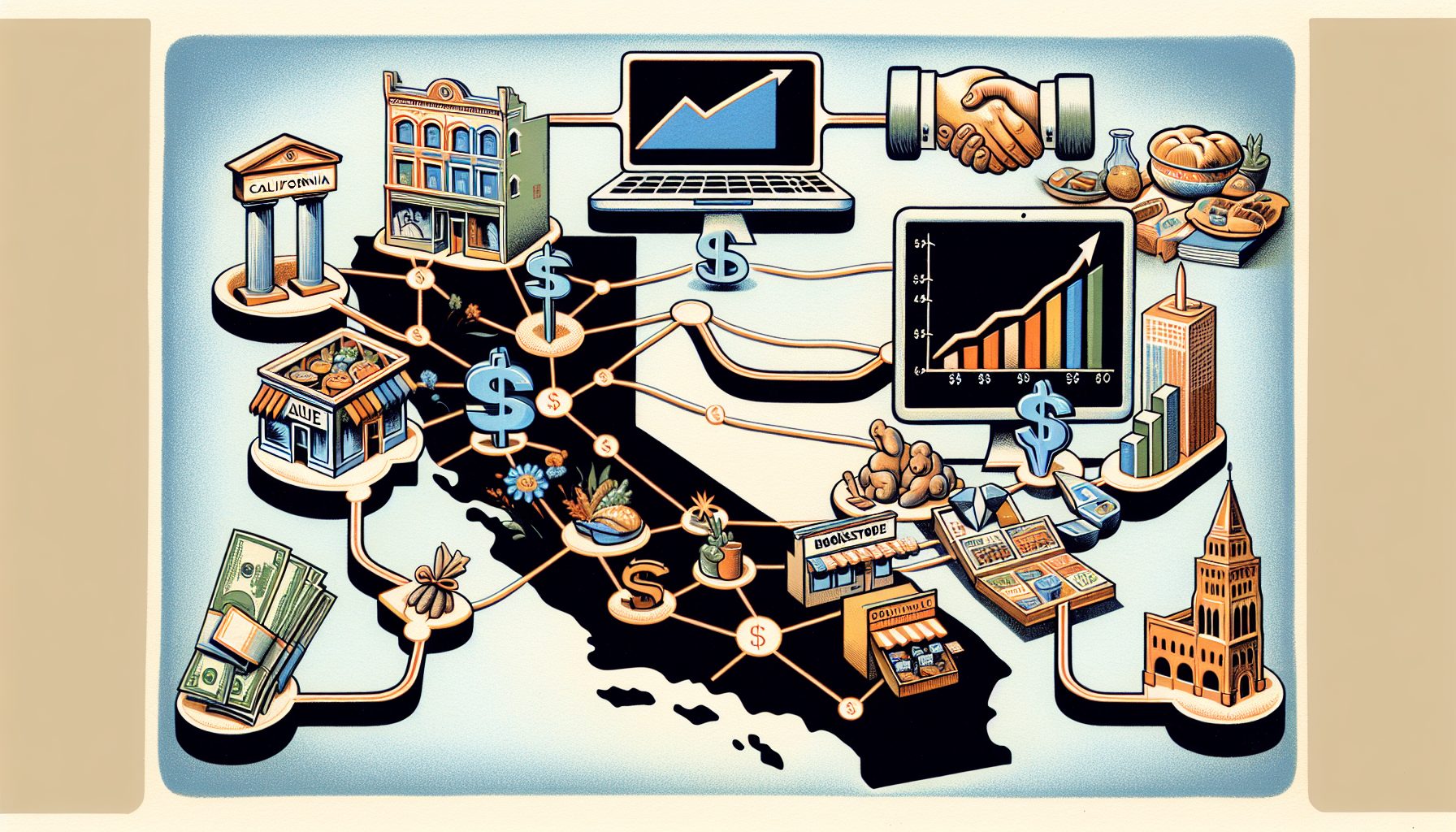Ron Moses was not enjoying meeting dealers at annual shows anymore.
“I might as well have painted a target on my jacket,” says the business analyst for enterprise resource planning at snowmobile maker Arctic Cat. “I didn’t like those events.”
What caused his unhappiness was Arctic Cat’s inability to take a simple phone call. The company sold more than $500 million worth of snowmobiles and all-terrain vehicles a year through its dealers. But they weren’t happy. To do business with Arctic Cat, each dealer almost had to become intimate with the company’s employee directory. Orders went to one phone number. Credit checks, another. Parts requests, another. Tech support, another. Registrations, another. Warranty support, another. Then there was the matter of dealing with Accounting on bills and tracking checks.
The company simply couldn’t respond effectively to its customers. Even when a dealer got through to the right person, the correct answer was given only 36% of the time. Wait times were so long that 32% of callers just gave up. “These are people where we didn’t even get the chance to disappoint ’em,” Moses quips, sadly.
What’s really sad is that companies have gotten so caught up in automation that they’ve forgotten there’s a cost to avoiding costs. Lost customers. Lost revenue. The sales you can’t count, because you can never figure out just when a dealer decides to take his business elsewhere.
Don’t console yourself with the excuse that there are too many forms of communication today to handle them all effectively. Sure, it might be possible to ignore postal mail: It’s days old. Anything important, anything that represents a possible sale or a live customer, is going to come in by fax, e-mail, instant message or phone.
What is surprising, though, is that so much energy is being put into automated conversation, given that an electronic order taken on a Web page is so much cheaper (and, supposedly, more efficient) than other forms of conducting transactions.
But relying on a server to talk to your customers is not business intelligence. Recognize that businesses still handle 60 million calls a day in this country, dealing with customers or other businesses. Each of those has to be handled effectively, or repeat business goes away. And no company can survive just selling to new customers.
Arctic Cat finally figured out that its business could just walk way. The trade shows where angry dealers chased down Moses were enough of an indicator. “We may not be able to measure business erosion,” Moses recalls thinking. “But if we aren’t facing it, we are about to face it.”
The company invested $4 million in a telephone call center and out-of-the-box SAP customer relationship software, gave dealers a single point of contact and tracked all communications in a coordinated fashion.
That is plain old blocking and tackling. Nothing radical there. But here’s the difference: Arctic Cat didn’t then try to whittle away the call center staff as it got more efficient. The center had 38 customer reps when it opened in May 2003, and it had 38 a year later.
Now, customers get the right response on their first try 95% of the time. The targets on chests are going away. And those reps? They’re calling out and drumming up new business when they aren’t handling incoming calls. Communications is a two-way street. Anticipating needs and figuring out how to cross-sell, upsell and add-on sell is every bit as lucrative as the first sell.
Of course, a call center is not a panacea. Arctic Cat has only boosted net income to $30.4 million this year, from $27 million in 2001, even though its sales have soared to $649.6 million, from $530.6 million.
But the most effective way to build a business remains talking straight to the customer. Not enough companies take the time to really think through how they are going to deal with their customers, day in and day out, and put in the right systems to deal with them the way they want to deal with you.
If you’re serious about this, you already realize: There almost never is a simple interaction with a customer.
And there is no such thing as a simple phone call.








